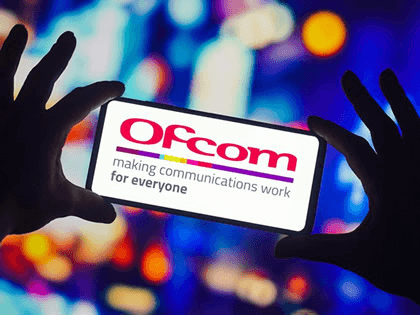
We’ve heard a lot about AI-driven cars in recent years, but 5G is set to enable another kind of driving revolution. Vodafone has teamed up with Huawei to demonstrate how 5G can be used to remotely control a vehicle.
The test took place at the 2017 Global Mobile Broadband Forum. It involved a car located on the University of Surrey campus being controlled from London’s ExCel centre some 50 kilometres (30 miles) away. This was done via a fully encrypted pre-standard 5G connection.
It was intended to demonstrate how, in future, it would be possible to remotely control machines in dangerous or extremely remote environments. The example has been given of mining or waste disposal situations, but it would also have a number of potential applications in day to day life.
For example, in a recent white paper on practical 5G use case scenarios, Huawei highlighted the potential for a premium concierge service in which the driver of your car does so from elsewhere. This could “enable someone to participate in a conference or to work while on a journey, or to support a taxi service, or to help a person without a driving license, or when they are ill, intoxicated, or otherwise unfit to drive”.
5G is uniquely suited to hosting such a feature. Crucial to this is the forthcoming network standard’s extremely low latency of less than 10 milliseconds, which will enable instructions to be received and acted upon as quickly as the human eye can perceive change.
In the case of the recent Vodafone test, this resulted in a mere six centimetres of braking deviation when the car travelled at a speed of around 20 kilometres per hour.
Another benefit of 5G network technology to remote car control is its heightened level of security. After all, the last thing you would want in such a situation is interference from a malicious third party.
Luke Ibbetson, Vodafone Group’s Head of Research and Development and Technology Strategy, said: "The 5G standard is close to completion and it’s encouraging to see how important capabilities such as low latency and increased reliability are shaping up.
“This innovative demonstration shows us an exciting glimpse into the future, complementing 5G’s role in providing enhanced mobile broadband. It is a milestone in the work we’ve been doing with Huawei to show how our network will support 5G connected vehicles in future.”
This was the first test of its kind in Europe. The world’s first such demonstration occurred in June 2017, when Huawei teamed up with China Mobile and SAIC Motor in Shanghai. However, in this initial test the driver was only situated 30 kilometres away from the car.
Useful reading: 5G and the connected car
Image credit: 5GIC





